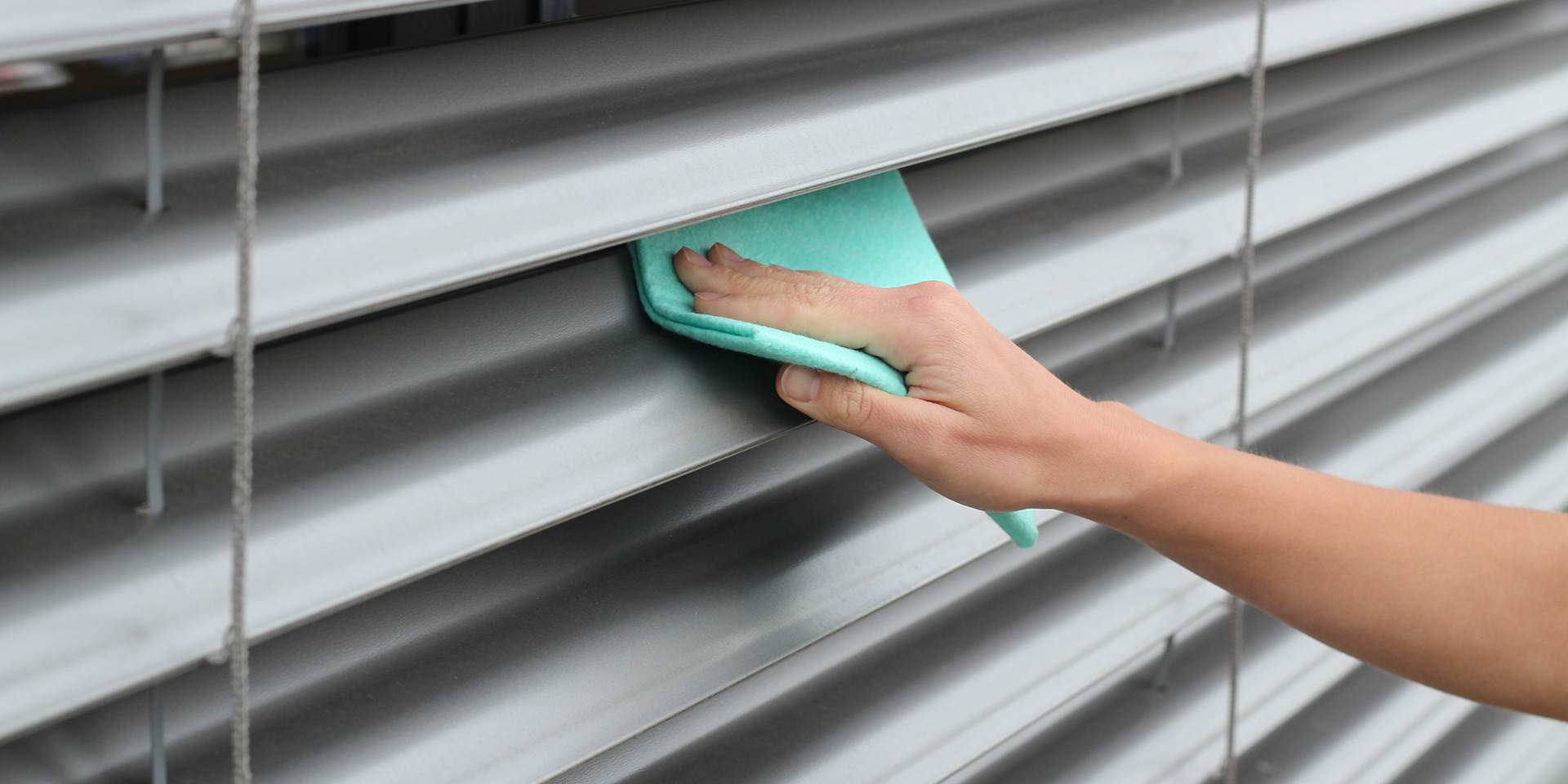Complete maintenance guide for external blinds: how to clean and how often?
While external blinds are extremely durable, you can extend their lifetime even further by proper maintenance, not to mention that clean blinds simply look better. We have summed up everything related to the maintenance of external blinds, from cleaning to technical checks.

The foundation of proper maintenance is regular cleaning at least twice a year, i.e., at the end of winter and summer – these are the seasons during which the blinds get most covered in pollen, dust or insects. However, you can clean them more often if you find them dirty at other times.
How to clean external blinds
Cleaning blinds doesn’t require any special equipment – all the necessary items can be found in every common household.
-
- Firstly, fold the blinds down (to the “dark” position) and wash them with water. You can use a garden hose or a steam cleaner. You can also use a high-pressure cleaner if available, but it needs to be set at the lowest pressure.
- Prepare some warm water with detergent or soap and a sponge or rag. Clean each slat, always in one wipe in the same direction.
- Use the same method to clean the guiding profiles.
- Afterwards, clean the blinds with water again.
Avoid using chemical cleaning agents or sand products for the cleaning. Despite being made of resistant materials, the surface of the blinds can still be damaged by aggressive cleaning agents.
Because of that, never use the following:
- Solvents
- Cleaning sands
- Cleaning pastes
- Organic thinners
- Strong alkaline cleaning detergents
Only use the following to clean the blinds:
- Detergent-water mixture
- Soap-water mixture
Also make sure that the sponge or rag material is not too rough. It is better to use an actual sponge or rag as opposed to steel wool.
Don’t forget regular checks
In addition to regular cleaning, inspect the blinds several times per year, focusing on the following:
- Increased noise when being pulled up or dropped down
- Uneven raising/dropping
- Visibly compromised condition of textile straps or ladders
- Loose screws in guiding profile holders
- Cord or guiding profile wear and tear
In case you detect one of the defects above, don’t hesitate to contact the supplier of your blinds. During especially cold winters, the slats can freeze together. If you find out the slats are frozen to the guiding profiles or the window sill, you should avoid handling them, otherwise they could get damaged.
NEVA blinds are made of high-quality, resistant Swiss materials, which is why they last for years.



